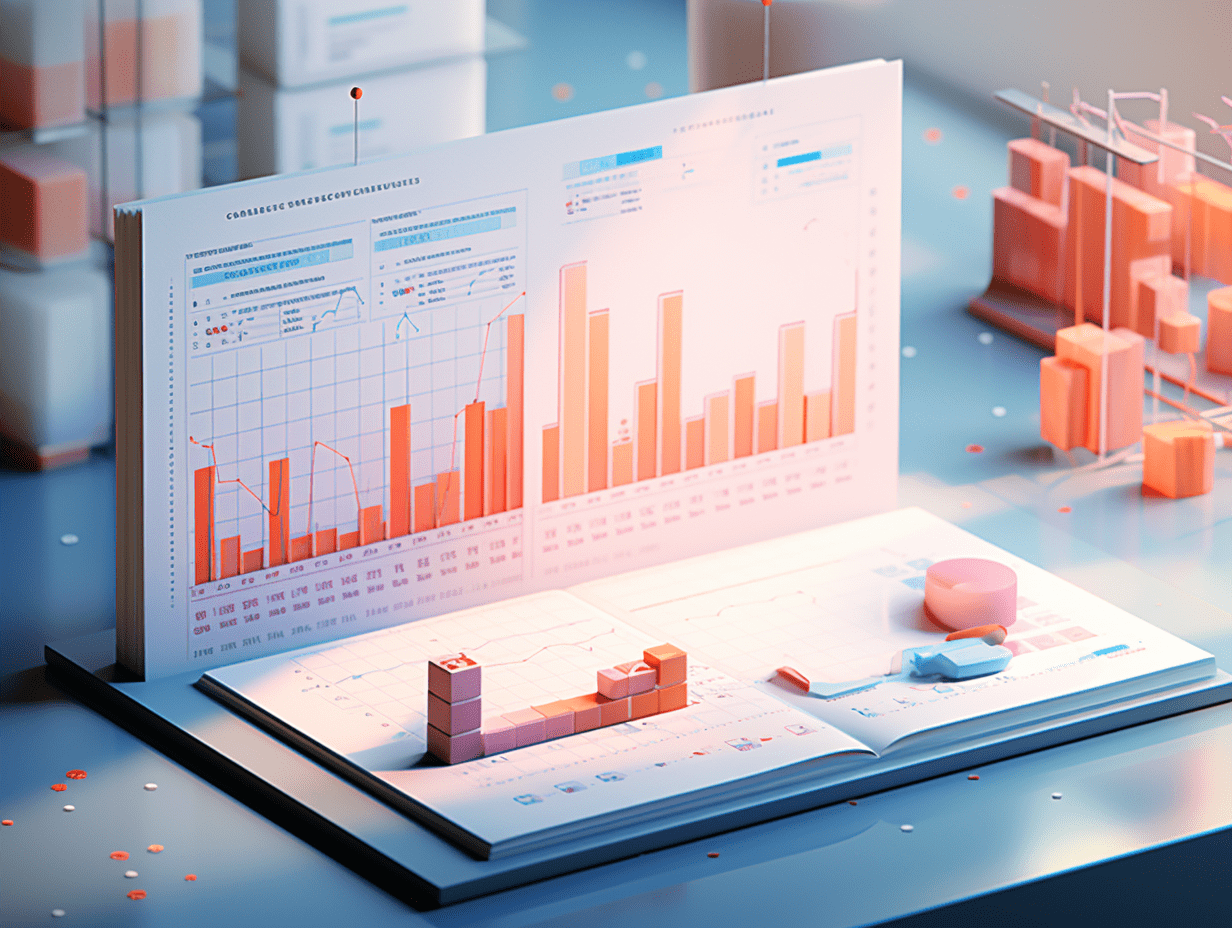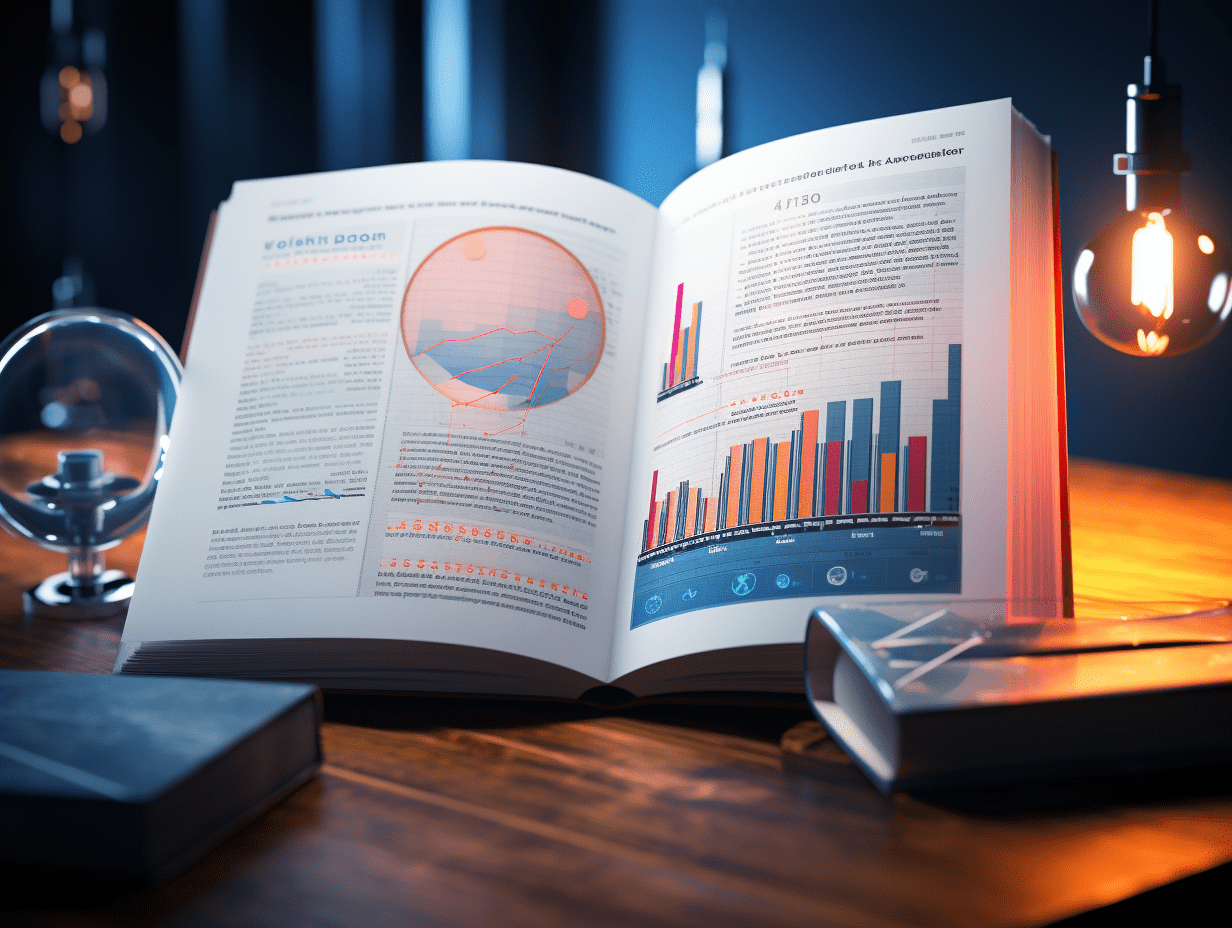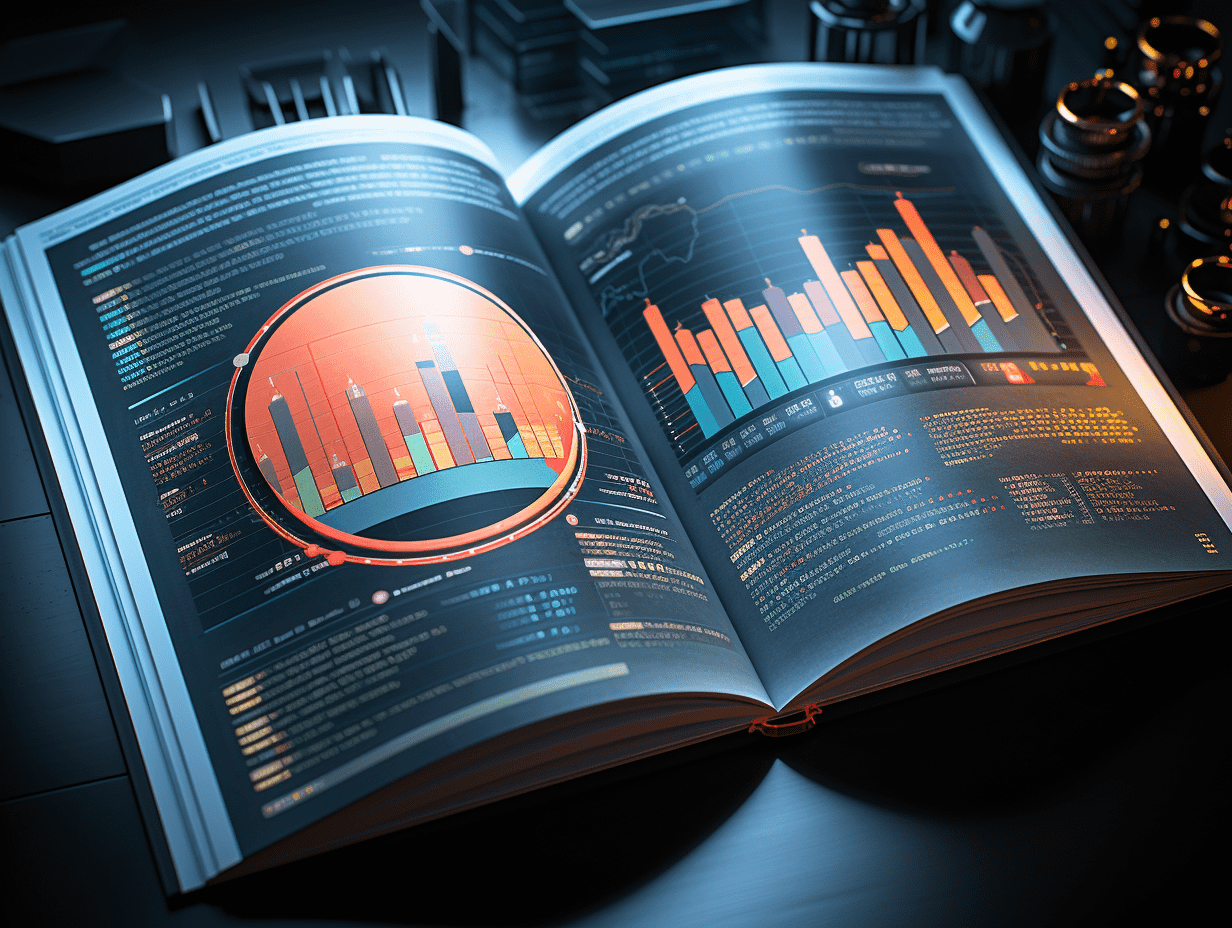Trump delays "reciprocal" tariffs, iron ore futures respond by rising.
President Trump of the United States has announced the first batch of tariff threat letters against trade partners, releasing a signal that further negotiations may take place. The adjustment of tariffs for "reciprocal" tariff countries has been postponed until August 1st.
President Trump announced the first batch of tariff threat letters against trading partners, signaling the possibility of further negotiations by delaying the adjustment of tariffs for "reciprocal" tariff countries until August 1st. This policy move has garnered high market attention, leading to an increase in futures prices for steel raw materials, and fluctuations in prices of black metals such as iron ore.
Due to the uncertainty of trade policies, the Singapore futures market saw a 0.8% increase at 1pm local time, with iron ore prices reaching $95.95 per ton; the Dalian Commodity Exchange also showed an upward trend in futures prices denominated in the Chinese yuan. Most industrial metal prices on the London Metal Exchange also rose simultaneously, with aluminum prices up by 0.4% and copper prices up by 0.1%, indicating a sensitive market reaction to policy changes.
It is worth noting that the iron ore market has recently seen a volatile pattern. After reaching a peak in mid-February, prices for this commodity have dropped by about 12%. However, last week China stated its intention to gradually phase out outdated steel industry capacity, providing some support to the market. The latest data shows that by the end of June, inventory levels of key steel enterprises in China had decreased by nearly 5% to 15.5 million tons compared to mid-month figures, but were still about 5% higher year-on-year, indicating that destocking efforts are ongoing.
The current black metal market is highly sensitive to the Trump administration's trade policies, mainly due to concerns that tariff measures may dampen global economic growth momentum and put pressure on metal demand. Against this backdrop, the delicate balance between policy trends and market supply and demand will continue to affect price trends, with the progress of future negotiations and the effectiveness of China's capacity adjustments becoming key points to observe.
Related Articles

Trump: Imposes 25% tariff on Indian goods.

The Bank of Canada has announced for the third consecutive time that it will maintain the benchmark interest rate. However, if the economy worsens, it may still reduce interest rates.

The Federal Reserve announces to keep the benchmark interest rate unchanged, with dissenting votes from directors Bowman and Waller.
Trump: Imposes 25% tariff on Indian goods.

The Bank of Canada has announced for the third consecutive time that it will maintain the benchmark interest rate. However, if the economy worsens, it may still reduce interest rates.

The Federal Reserve announces to keep the benchmark interest rate unchanged, with dissenting votes from directors Bowman and Waller.

RECOMMEND

Guotai Junan International: Guotai Junan Securities to Set Up a Wholly-Owned Subsidiary in Saudi Arabia, Target Price HK$1.84
30/07/2025

Vanke's June Contracted Sales Rose Slightly by 13.6% Month-on-Month; Focus Remains on Debt Resolution and Asset Disposal Progress
30/07/2025

2025 Fortune Global 500 Released: 130 Chinese Companies Make the List
30/07/2025


